Tomb 18
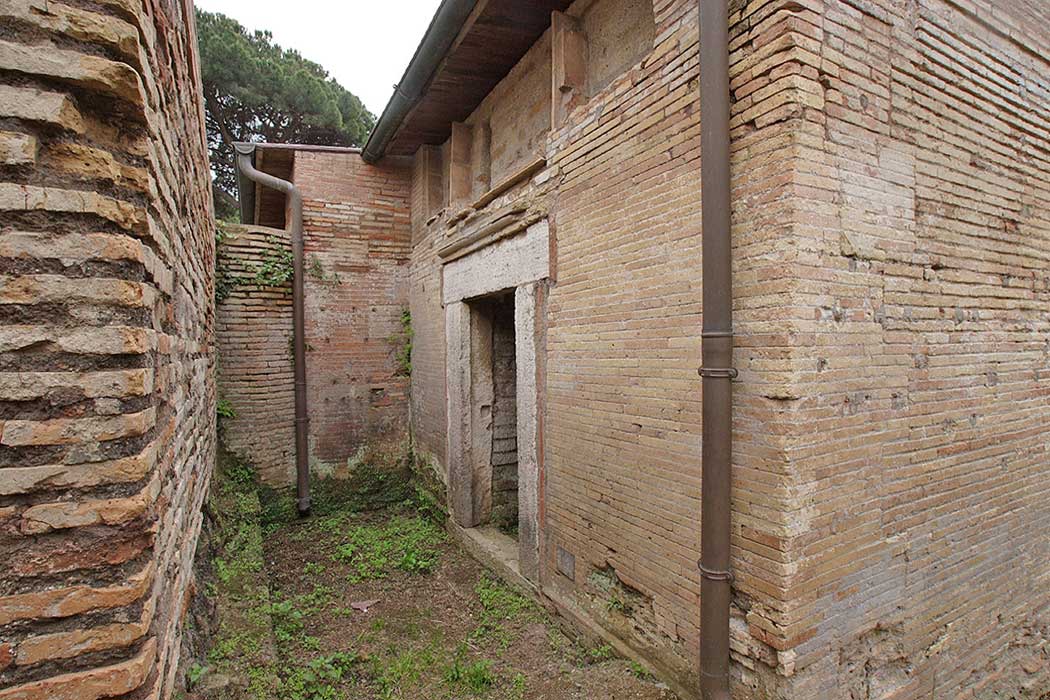
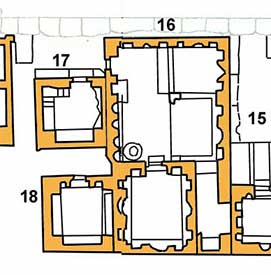
Tomb 18 is on the south side bounded by the burial chamber of tomb 16 and was, originally, looking out over the Via Severiana. Later tomb 17 was built in front of it. The entrance, now looking out on the back wall of tomb 17, can only be reached via a passageway between tombs 17 and 19. The tomb, built about 170 AD, is constructed in small yellow bricks. An inscription fails and also the two terracotta reliefs which once were attached next to the inscription are missing.
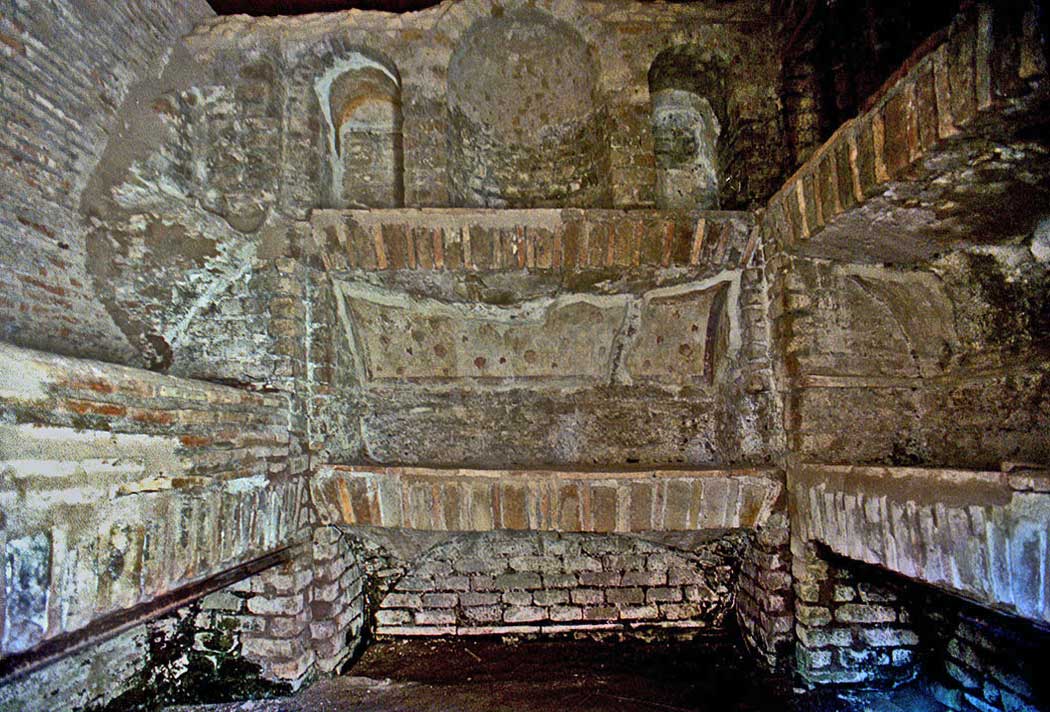
The grave was built for a mixed form of burial. The arcosolia were closed on the front side with painted plaster. According to Professor Calza there was a painting in the central niche on the right wall of a woman wearing a mantle.
In the rectangular niche on the right wall a painting was found of a naked winged Cupid with a purple scarf (now in the museum of Ostia).
Besides that you can still see several paintings of flowers. The decorations are of good quality and date clearly from a time of prosperity (170 - 180 AD).
Beneath the floor, which is not preserved, four formae were brought to light.
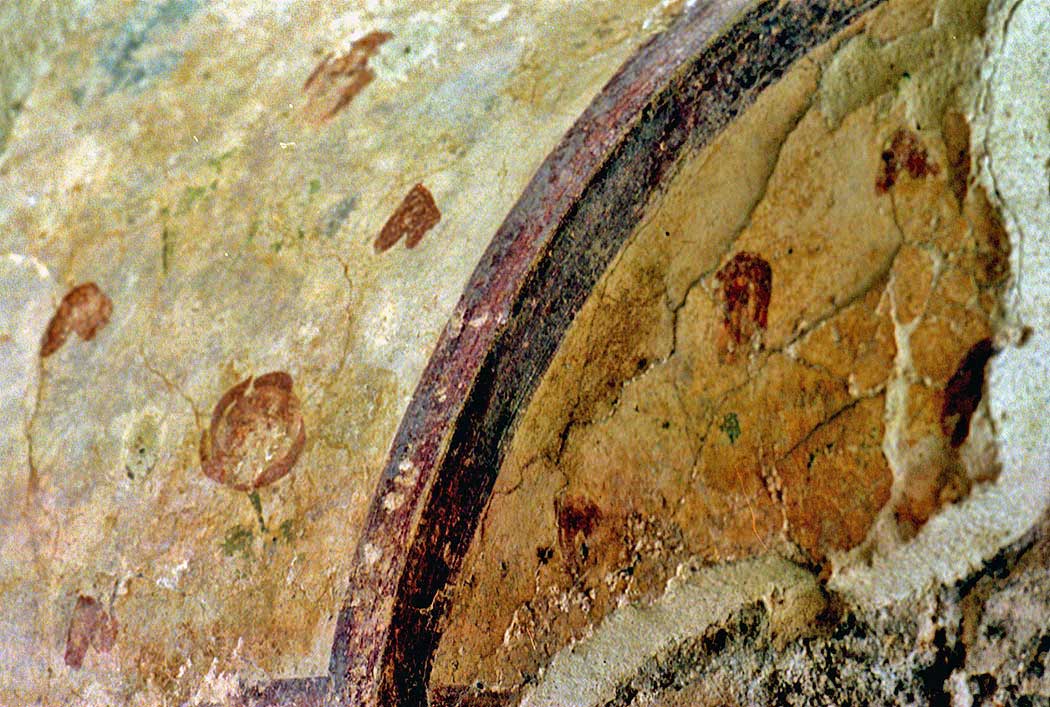
Tomb 18: flowerdecoration in an arcosolium.
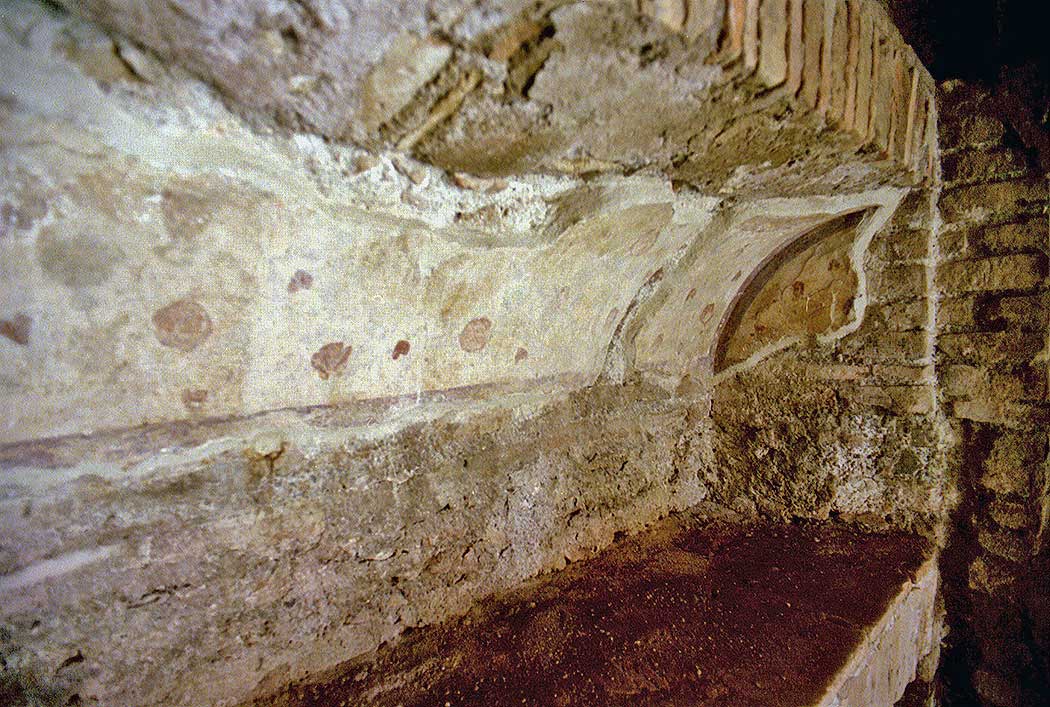
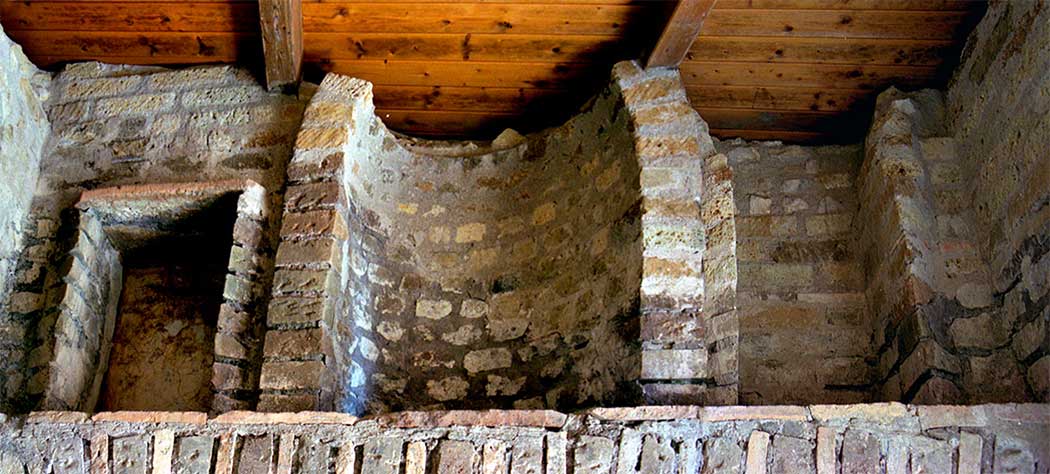

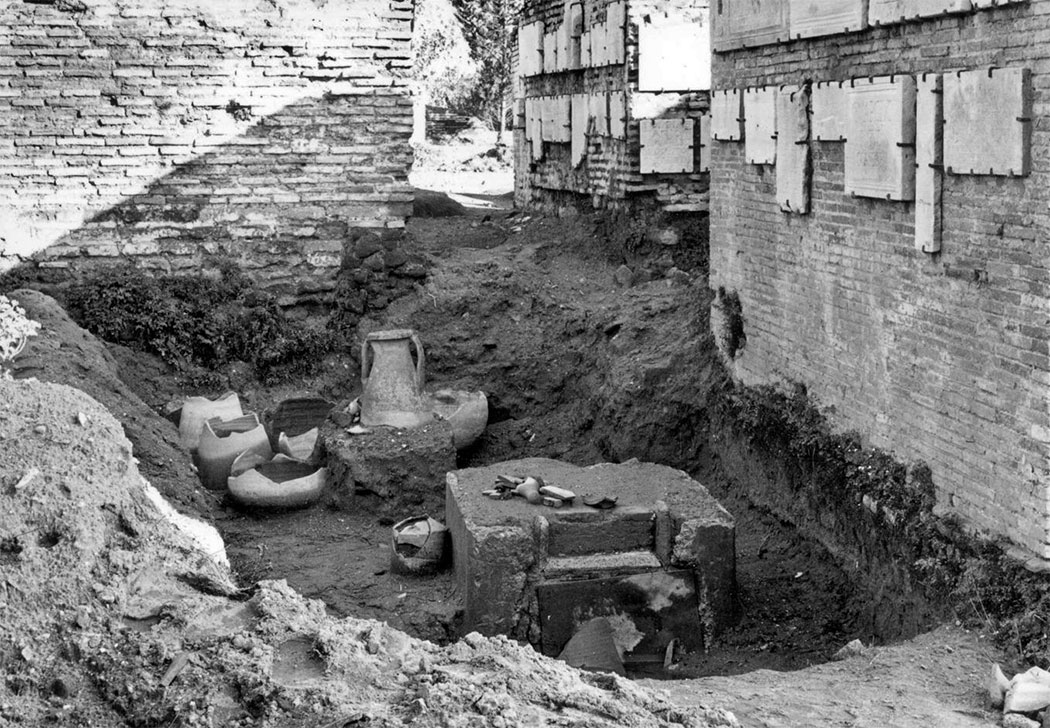
- Sources
- Russel Meigs - Roman Ostia, At the Clarendon Press 1973
- Guido Calza - Necropoli nell'Isola Sacra'(1940)
- Dr. Jan Theo Bakker.
- Hilding Thylander - Inscriptions du port d'Ostie (Lund C W K Gleerup 1952).
- Ida Baldassarre, Irene Bragantini, Chiara Morselli and Franc Taglietti - Necropoli di Porto, Isola Sacra (Roma 1996).
Isola Sacra Index

Speciale sectie over de Romeinse begraafplaats van Portus (Engels)....
Read more ...The resurfaced fleet of Pisa

In 1998, an incredible archaeological heritage was discovered by accident near the Pisa San Rossore railway station....
Read more ...Leptiminus
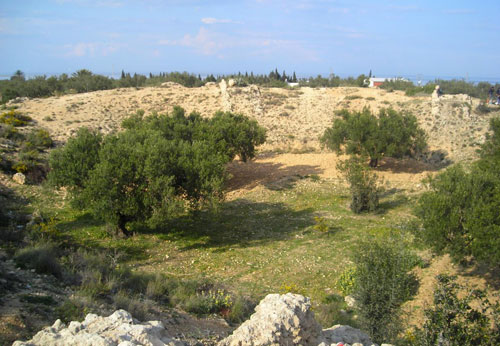
At the site of present-day Lamta on Tunisia's east coast, there was already a port city named Leptis Minor ....
Read more ...Roman maritime trade law

Roman law is the finest monument that Rome bequeathed to Western Europe....
Read more ...Sullecthum (Salakta)

In the Sahel, in the Tunisian province of Madhia, we find by the sea the small town of Salakta....
Read more ...
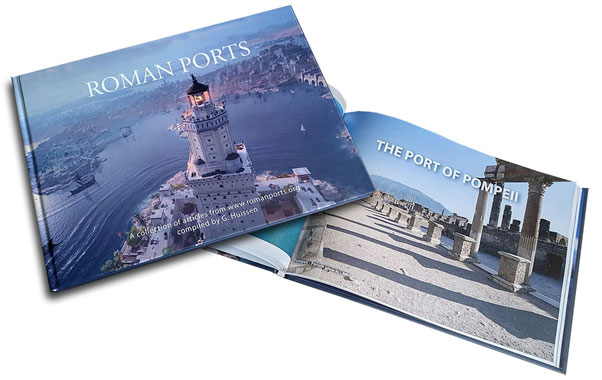
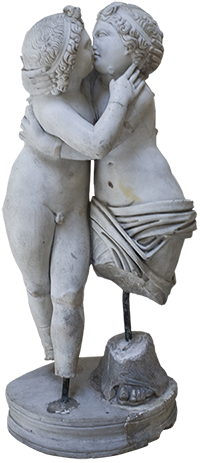 We are committed to providing versions of our articles and interviews in several languages, but our first language is English.
We are committed to providing versions of our articles and interviews in several languages, but our first language is English.